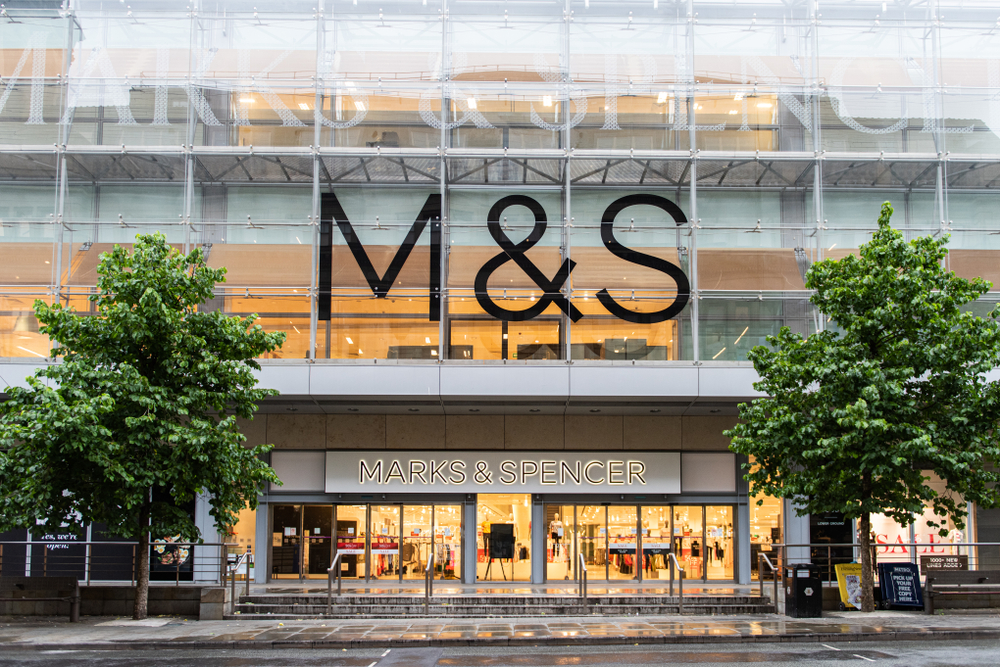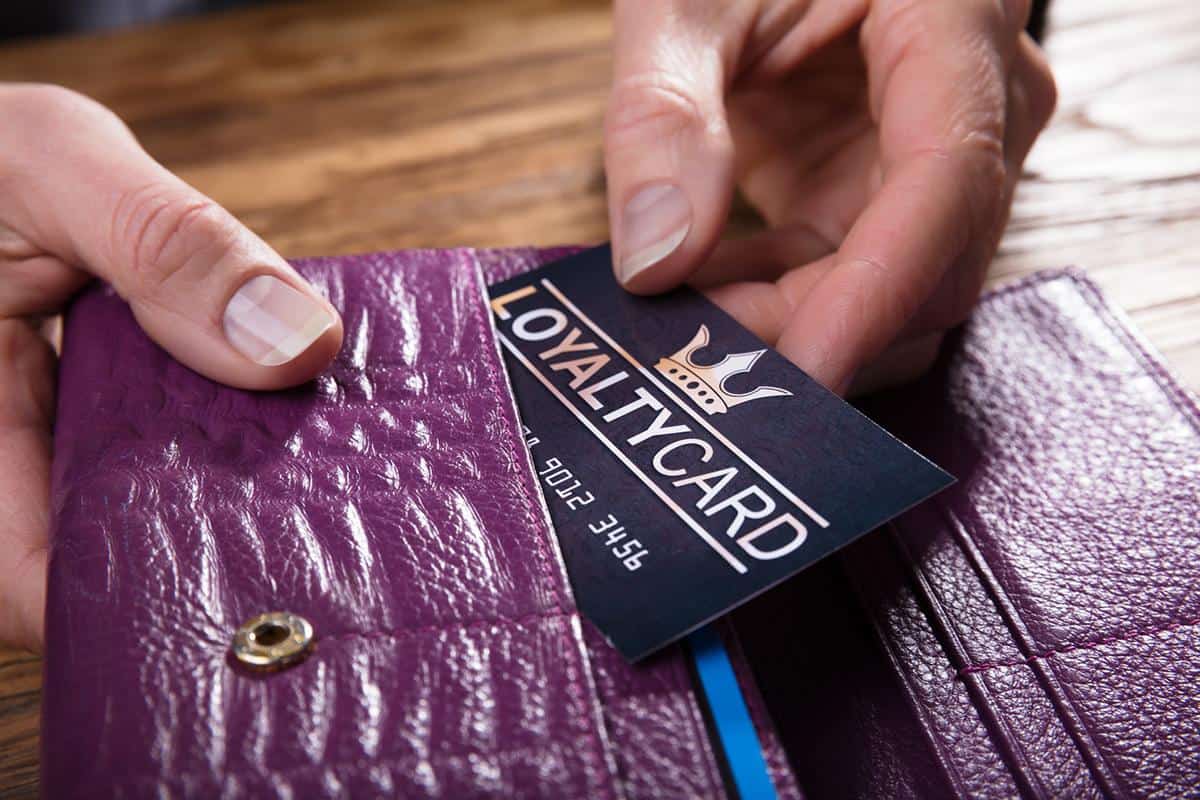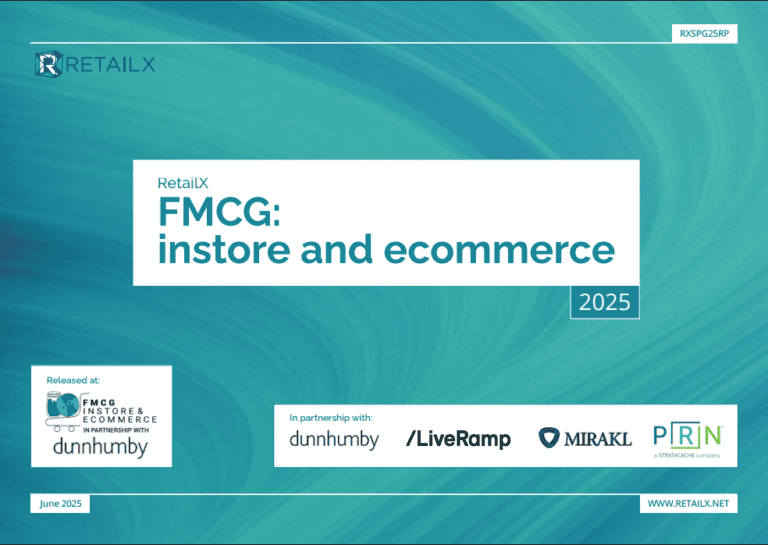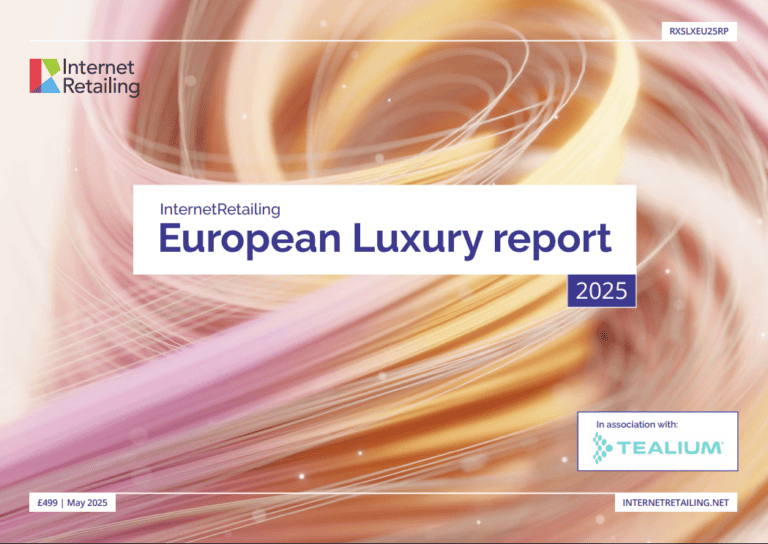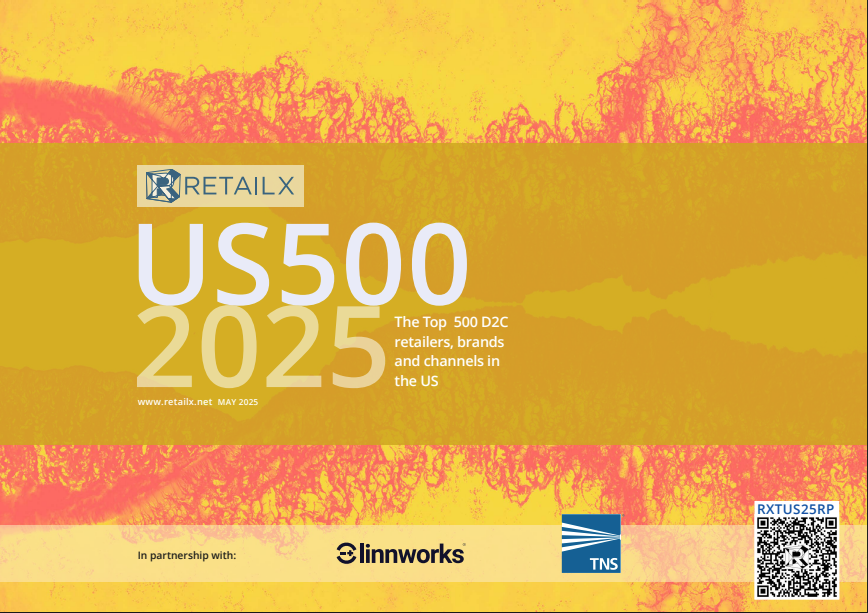Burberry this week said it would refocus on the luxury customer as it set out its new strategy. The upmarket fashion retailer said it would invest in digital innovation and in refurbishing its stores, connecting them through true omnichannel services.
In doing so, said Burberry, it will be wooing a luxury consumer, who demands “innovation, curation and excitement from brands and creativity at every turn.” It said: “To win with this consumer, we must sharpen our brand positioning. This will require us to change our approach to product, communication and customer experience. Building on our strong foundations, we will establish our position firmly in luxury, enabling us to deliver sustainable long-term value.”
Products, it said, would be at the centre of communications, which would use its digital reach “to convey new energy”. “We will be bold in the way we engage luxury consumers, reinventing our editorial content and experiences,” it said.
Marco Gobbetti, chief executive of the retailer, an Top350 trader in IRUK Top500 research, said: “Now is the right time for Burberry to implement the next phase of its transformation. By re-energising our product and customer experience to establish our position firmly in luxury, we will play in the most rewarding, enduring segment of the market. We have the foundations to build on and the team to execute our plans. This will enable us to drive sustainable growth and higher margins over time, whilst continuing to deliver attractive returns to shareholders.”
The update came as Burberry released half-year results. Revenue of £1.3bn in the six months to September 30 was 9% up on the same time last year while pre-tax profits of £128m were up by £26m on the £102m reported last time. “Digital revenue grew in all regions, led by mobile,” said Gobbetti, “while growth was strongest in our own stores in Asia Pacific. I look forwards to building on our strong foundations as we implement our strategy to drive Burberry forward.” Mobile, said Burberry, now represents about 40% of online sales, with growth led by Asia Pacific.
